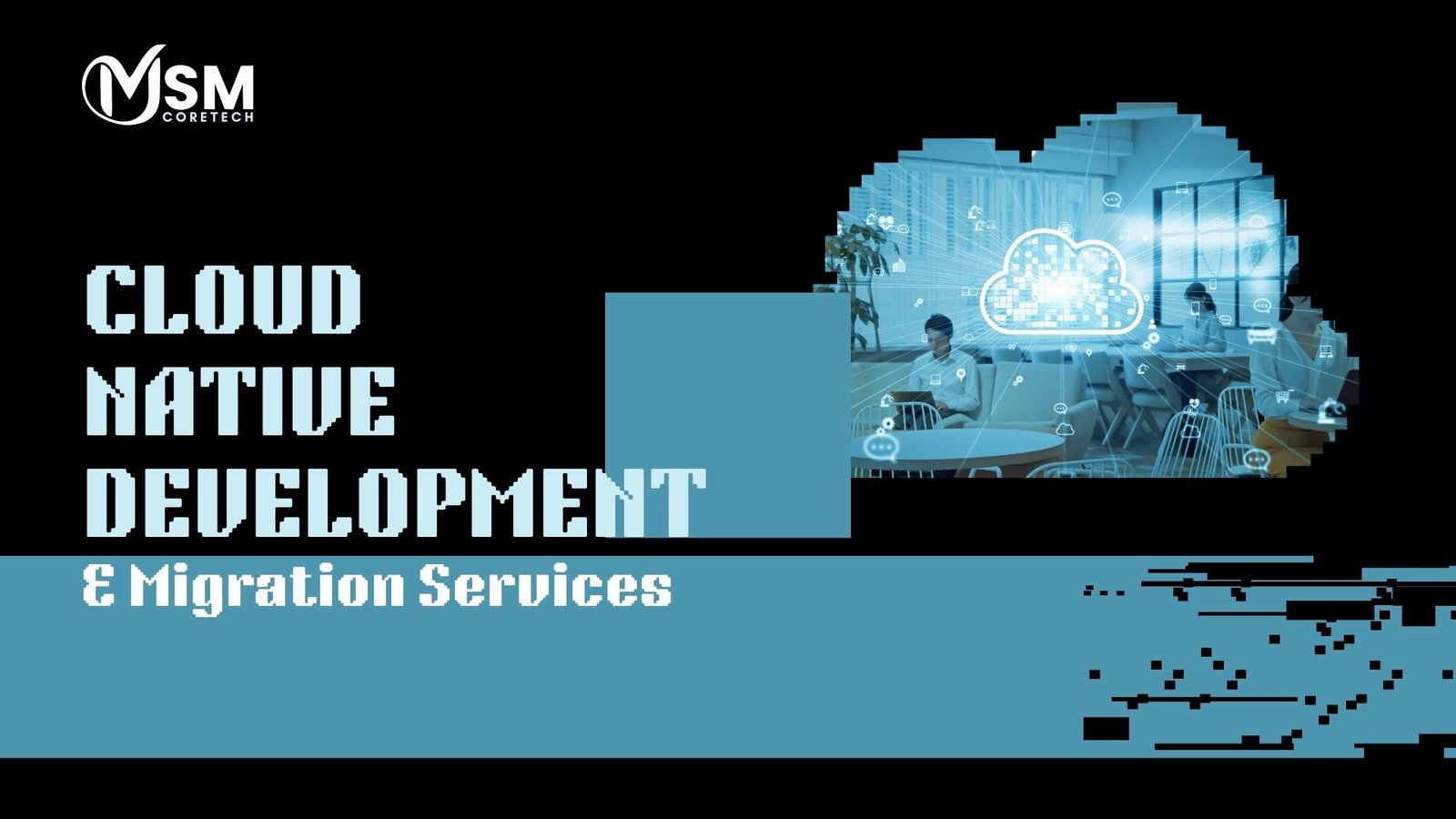Definition of Multi-Cloud?
Hybrid cloud technology is revolutionizing how businesses today design and operate their IT infrastructure. Through the combination of several public cloud providers with private cloud, on-premises, and edge computing, organizations are able to distribute applications where they execute optimally. This provides best-in-class operability over numerous diverse environments and eliminates dependence on a single provider while enhancing redundancy. Hybrid cloud adoption is driven by faster application modernization, data sovereignty, and secure access for a geographically distributed workforce. Hybrid cloud patterns enable workloads to be executed in any cloud environment with consistent performance, security, and governance. By scaling applications between environments based on changing business requirements, organizations are able to right-size cost, speed innovation, and minimize operational risk. When well-implemented, hybrid cloud strategies lead to an optimally balanced, scalable, and future-proof architecture that addresses present-day business needs along with future-proof digital transformation intentions. It is a more intelligent way of operating a complex cloud environment.
How Companies Are Using Multi-Cloud for Growth?
Enlarging Edge Computing Capabilities
Multi-cloud strategies are particularly well-suited to edge computing applications, particularly those of IoT devices. By having cloud assets proximate to sources of data, companies can execute information in real time, improving responsiveness, decreasing latency, and facilitating smarter, quicker decisions at the network edge.
Enabling a Global Workforce
Organizations with distributed workers are blessed with workloads being served in multiple regions across the cloud. Multi-cloud infrastructure enables employees to connect to servers in closer geographical proximity, improving application responsiveness, guaranteeing uptime, and providing a seamless user experience regardless of location.
Containing Containerized Applications
Container-based software, normally developed on top of microservices, functions well across various cloud providers. Products such as Kubernetes ease the deployment and orchestration, and scaling up or down is eased, with better resource utilization as well as without vendor lock-in, maintaining flexibility.
Secure Cloud Migrations
Deploying traditional environments to a multi-cloud configuration allows companies to address changing data privacy and compliance requirements. Companies can use particular cloud locations or providers based on legal and operational requirements, minimizing risk and streamlining infrastructure.
Enhancing Application Resilience
Multi-cloud strategies maximize availability and disaster recovery by distributing workloads among providers. When one cloud is taken out of service, traffic can be routed around it without interruption-ensuring uninterrupted operation and reduced disruption of mission-critical business services and customer experience.
Maximizing Cost and Performance
By integration of the merits of more than one cloud provider, organizations are able to align workloads with the most cost-effective or performance-demanding service. With such flexibility, costs can be controlled without any degradation of output, particularly for dynamic applications and resource-intensive applications.
Best Practices to Secure Multi-Cloud Deployment and Operation
Define Goals and Determine Challenges
Start by evaluating your current IT infrastructure. Identify areas of performance shortcomings, weakness, or cost. Clear goals are needed to guide your hybrid strategies. Define measurable performance criteria for success—like cost savings, faster deployments, or higher uptime—to make your multi-cloud migration strategic and productive.
Strategize for Smart Tool Selection
Hybrid solutions offer you the agility to pick and choose the most suitable tools from various cloud providers. For example, one might be best at managing heavy workloads, and the other is superior in AI. Choose based on performance, compatibility, and requirement and not so much one provider.
Increase Security and Compliance
Security is paramount with hybrid solutions. Establish uniform policies on all platforms and employ encryption, access control, and multifactor authentication. Adhere to industry best practices and government regulations. Lock down sensitive information and design authoritative employee guides to build confidence and reduce security risk.
Develop a Capable IT Staff
It needs seasoned professionals to run hybrid environments. Get your existing team trained in new platforms or recruit mature talent. Hybrid multi-cloud strategy success is all about end-to-end knowledge of cloud tools, integrations, and infrastructure. In-appropriate internal awareness decreases downtime and system performance improves.
Define Unified Management Practices
Implement centralized monitoring and management processes to manage your hybrid setup. Leverage cloud management platforms to monitor resources, monitor utilization for optimization, and manage costs across platforms. A single management layer simplifies, improves visibility, and provides fair performance in intricate multi-cloud environments.
Monitor and Improve Continuously
Hybrid approaches need to be tuned based on business requirements. Monitor system performance, security, and cost savings in real-time. Utilize real-time analytics and reporting capabilities to identify potential bottlenecks beforehand and react accordingly. Regular monitoring makes your multi-cloud setup always secure, scalable, and aligned to business objectives.
Advantages of multi-cloud strategy
Uptaking multi-cloud strategy enables organizations to automate workloads and innovate on cloud environments. One of the significant advantages of multi-cloud strategy is lowered operational overhead—teams have the same tools for managing applications and infrastructure, and this provides "skill portability" across providers.
It also increases visibility, providing consistent observability across environments. It streamlines application performance, makes it easier to troubleshoot, and provides monitoring security. By using multi-cloud security strategy , organizations are able to deploy a Zero Trust architecture and enjoy a software supply chain with security, enhancing their overall security posture.
One of the largest benefits is greater application portability. Developers get to write with standard APIs and services, so they can shift workloads across clouds with less rework. And finally, multi-cloud enables developers to tap into the best cloud-native services across multiple providers, providing best-in-class performance and agility without vendor lock-in.
Frequently Asked Questions
A multi-cloud approach is using two or more cloud providers to host applications and store data. It provides organizations with the flexibility to use the optimal tools and services for each purpose, instead of relying on a single cloud provider.
The primary advantages of a multi-cloud strategy include lower operational overhead, greater flexibility, improved security, improved application performance, and vendor lock-in protection. It also makes teams able to leverage similar tools and APIs across multiple platforms, which enhances efficiency and scalability.
A multi-cloud strategy enables next-generation security practices such as Zero Trust architecture and secure software supply chains. Through distributing workloads across providers and enforcing consistent security policies, organizations are in a better position to avoid vulnerabilities and safeguard sensitive information.
Yes, by leveraging services from different cloud providers, businesses are able to reduce costs. They can opt for cheap solutions for each workload and avoid over-provisioning, subsequently eradicating waste and improving ROI on cloud spending.
Not quite. Although great for large companies, multi-cloud solutions are also applicable to small and medium-sized enterprises. It is flexible, provides organizations with access to specialist services, and is scalable and thus worth any organization's time, whether it is large or not.
What Our Client Say About Us
Our Latest Blogs

What Is Cloud-Based ERP Software and How Does it Benefit Your Business?
Cloud-based ERP software helps business owners manage operations more efficiently by centralizing data, automating workflows, and improving real-time decision-making. It offers flexibility, scalability, and cost savings, making it an essential modern solution for growing businesses.
Budgeting Your Move to the Cloud: Cost Breakdown
Understand the real costs of moving to the cloud. Explore key factors, pricing models, and cost-saving strategies to budget your cloud migration effectively.

Future-Ready with Cloud-Native Development & Migration Services
Unlock agility and scalability by exploring how cloud-native development and migration services prepare your business for tomorrow.
Let's Talk About Your Project
Great ideas always deserve the perfect execution. At MSM Coretech, we are here to provide the right technology and expertise to bring your project to life. Let us be your growth partner and collaborate to build something extraordinary.
